Growth in the Oil and Gas Industry
The Sodium Lignosulfonate Market is significantly influenced by the growth in the oil and gas sector, where it is utilized as a surfactant and stabilizer in drilling fluids. The increasing exploration and production activities in various regions are likely to drive the demand for sodium lignosulfonate. Recent data indicates that the oil and gas industry is projected to expand at a CAGR of approximately 6% over the next few years, which could enhance the market for sodium lignosulfonate. This growth is attributed to the rising energy demands and the need for efficient drilling operations, where sodium lignosulfonate plays a crucial role in improving the performance of drilling fluids.
Agricultural Applications Expansion
The Sodium Lignosulfonate Market is witnessing an expansion in agricultural applications, particularly as a soil conditioner and dispersant in fertilizers. The increasing focus on sustainable agriculture practices is driving the adoption of sodium lignosulfonate, as it enhances nutrient uptake and improves soil structure. Market data suggests that the agricultural sector is expected to grow at a CAGR of around 4% in the coming years, which may lead to a higher demand for sodium lignosulfonate. Additionally, the rising need for efficient water management in agriculture could further propel the use of sodium lignosulfonate, as it aids in moisture retention and reduces soil erosion.
Rising Demand in Construction Sector
The Sodium Lignosulfonate Market is experiencing a notable surge in demand, particularly from the construction sector. Sodium lignosulfonate serves as an effective plasticizer in concrete, enhancing workability and reducing water content. As urbanization accelerates, the construction of infrastructure projects is on the rise, leading to an increased consumption of sodium lignosulfonate. Reports indicate that the construction industry is projected to grow at a compound annual growth rate (CAGR) of approximately 5% over the next few years, which could further bolster the sodium lignosulfonate market. This growth is likely to be driven by the need for high-performance concrete in various applications, including residential, commercial, and industrial buildings.
Technological Innovations in Production Processes
The Sodium Lignosulfonate Market is poised for growth due to technological innovations in production processes. Advances in extraction and purification techniques are enhancing the efficiency and quality of sodium lignosulfonate production. These innovations not only reduce production costs but also improve the overall performance of the product, making it more appealing to various industries. Data indicates that the market for sodium lignosulfonate is likely to expand as manufacturers adopt these new technologies, which could lead to a more competitive landscape. Furthermore, the integration of automation and digitalization in production processes may streamline operations, potentially increasing the supply of sodium lignosulfonate to meet the rising demand across multiple sectors.
Environmental Regulations Favoring Biodegradable Products
The Sodium Lignosulfonate Market is benefiting from stringent environmental regulations that favor the use of biodegradable products. As industries seek to comply with these regulations, sodium lignosulfonate, being a natural polymer, is increasingly preferred over synthetic alternatives. This shift is particularly evident in sectors such as construction and agriculture, where the demand for eco-friendly additives is on the rise. Market analysis suggests that the trend towards sustainability is likely to continue, potentially increasing the market share of sodium lignosulfonate. The growing awareness of environmental issues among consumers and businesses alike is expected to further drive this trend, leading to a more favorable market environment for sodium lignosulfonate.


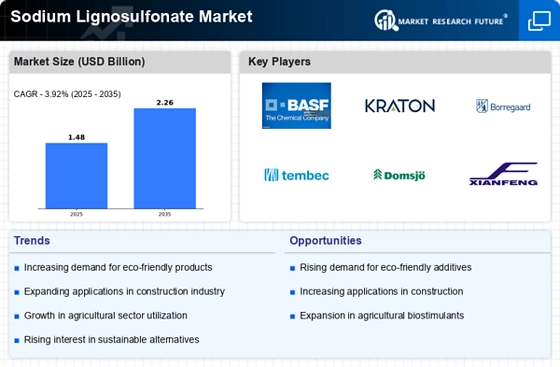
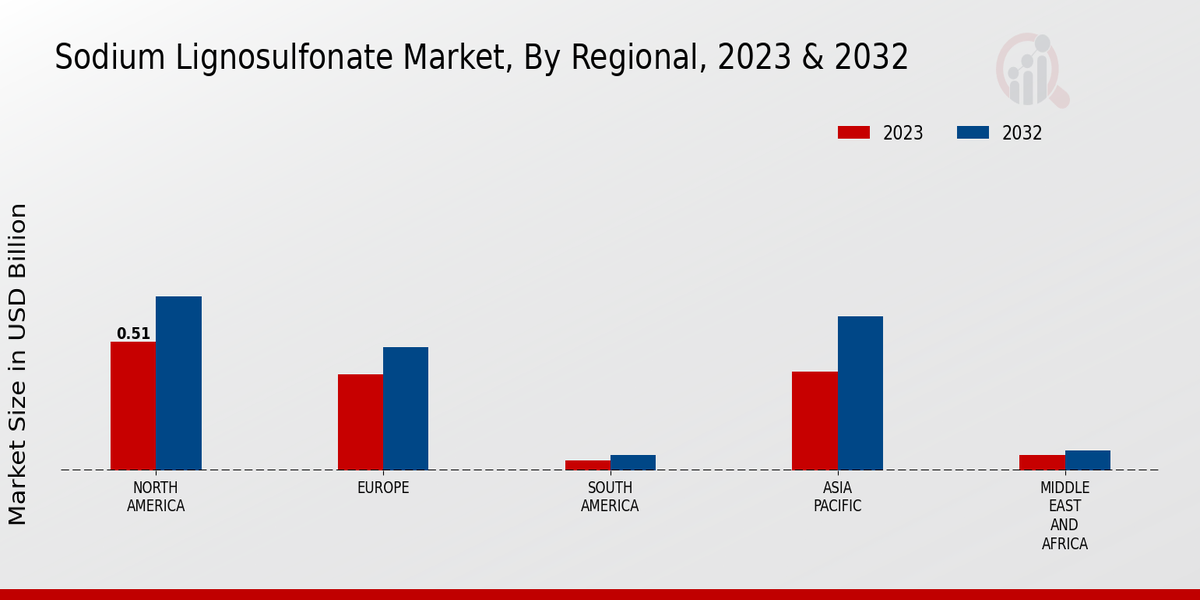

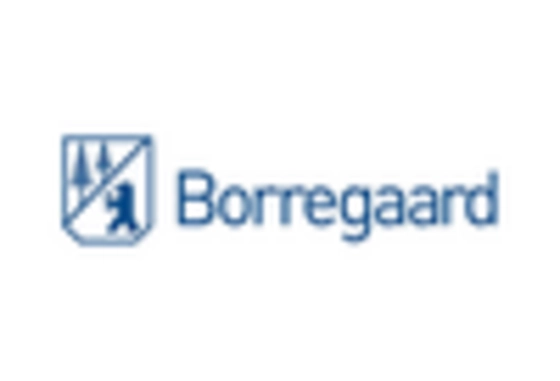
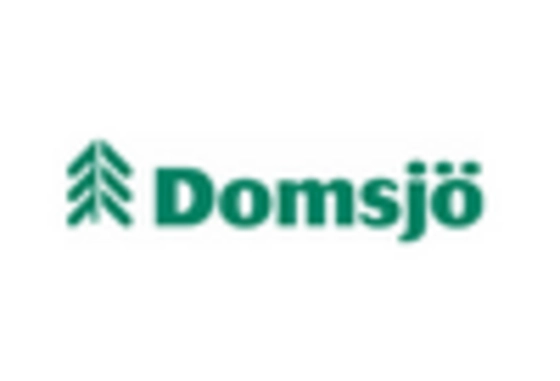


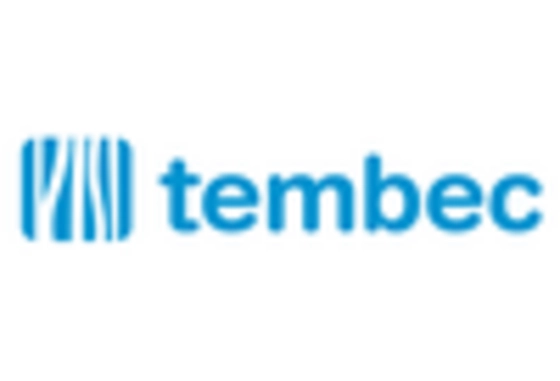








Leave a Comment